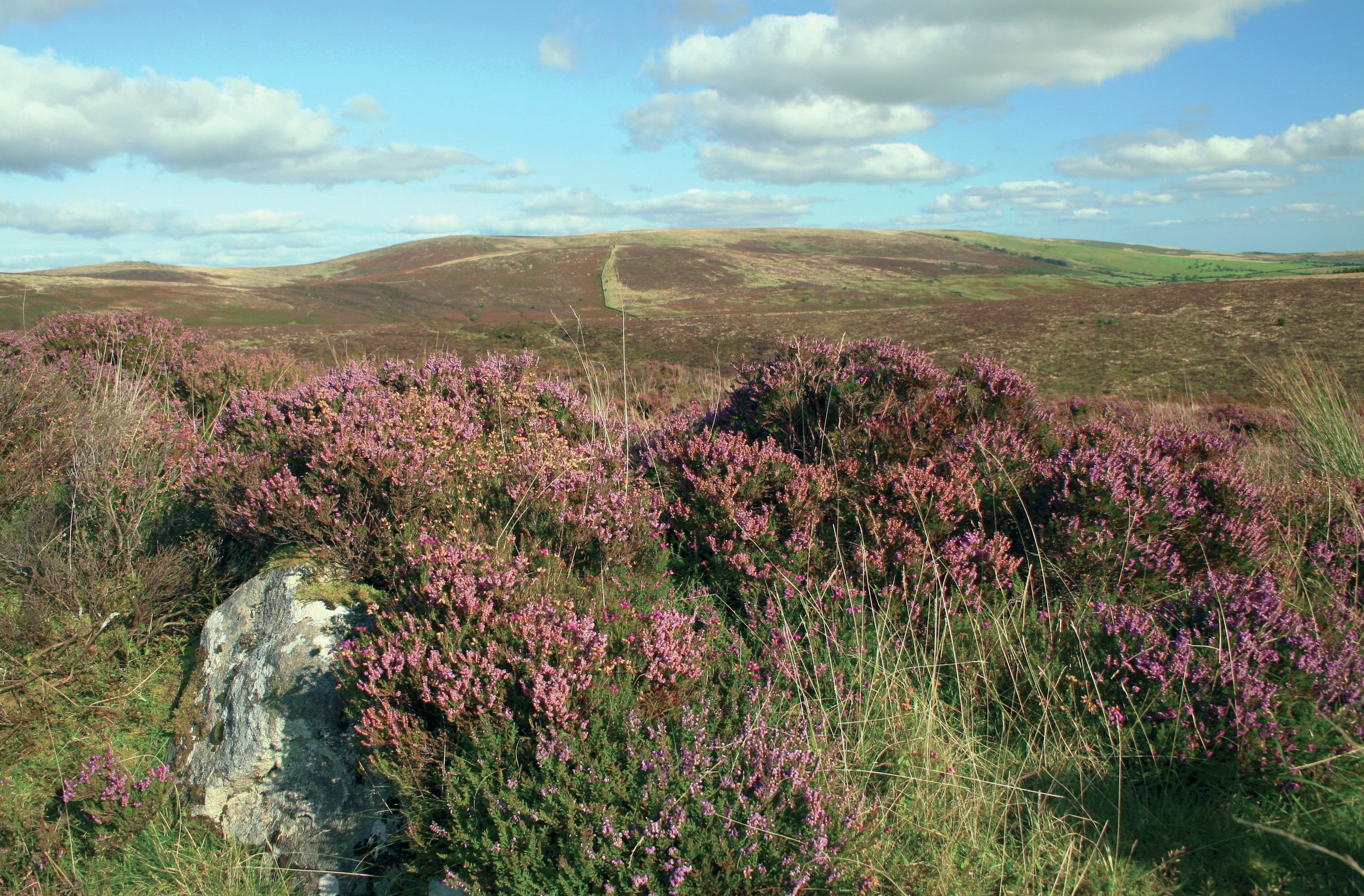
All plants remove carbon from the atmosphere during photosynthesis, the process by which carbon dioxide is ‘fixed’ into carbohydrate in plant cells. Most of that fixed carbon is quickly returned to the atmosphere through various routes. However, plants such as sphagnum moss take in the carbon and, when they die, they form peat in which the carbon remains. In this way carbon from the atmosphere is locked up and stored beneath the ground surface. The process is known as carbon sequestration. It means that our peatlands store up carbon on a long-term basis and thereby act as important carbon sinks.
We tend to think of tropical rainforests as an important store of carbon from the atmosphere, but the world’s peatlands also play a significant role. In the British Isles we have about 10% of the world’s total peatland and a significant proportion of it is in the Pennines (Box 1).
Your organisation does not have access to this article.
Sign up today to give your students the edge they need to achieve their best grades with subject expertise
Subscribe




